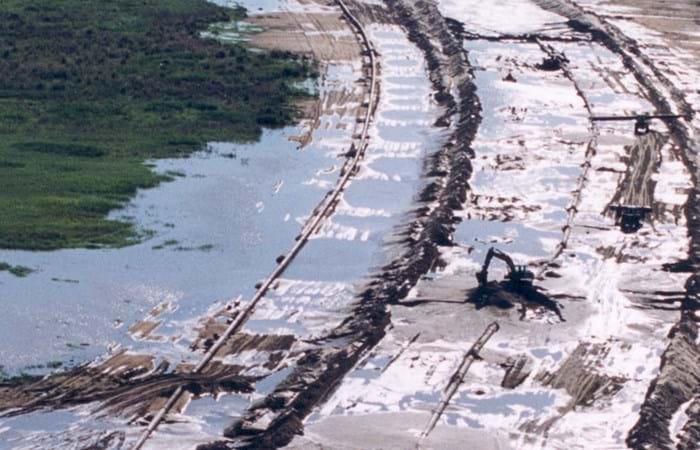The Joint Venture Boskalis International - Ballast Nedam JV was a subcontractor to the Consorcio Impregilo, Hochtief, Roggio and Techint which was awarded the construction of the fixed link between Rosario, in the province of Santa Fe and Victoria, in the province of Entre Rios. The Client in this project was the Argentine Government, and the leader of the Consorcio was Impregilo. The Consorciol executed all the civil constructions such as bridges while the JV Boskalis International – Ballast Nedam (BKI/BND) constructed, using sand only, the road embankments, connecting the several bridges.
The total length of the new road connection between Rosario and Victoria was 59 km of which 12 km were bridges and 47 km were embankments constructed from sand fills. There were one large bridge with a length of 3 km of the Rio Parana and 15 smaller bridges in the remaining 46 km. The execution of the Works for BKI/BND took 2 years. The works for BKI/BND consisted of:
- The dredging of the top layers of clay to reach the sand layers underneath. This sand was needed for the construction of the embankments between the bridges. The volume of clay removed was approx. 11.000.000 m3.
- The dredging of sand and creation of the road embankments with this sand. The volume involved was approx. 24.000.000 m3.
- Temporary protection of the sand slopes of the road embankments with clay.
- The dredging of a lateral channel with a length of 15 km for logistics purposes as well as the accesses to the several bridges under construction. The volume involved was 3.800.000 m3.
